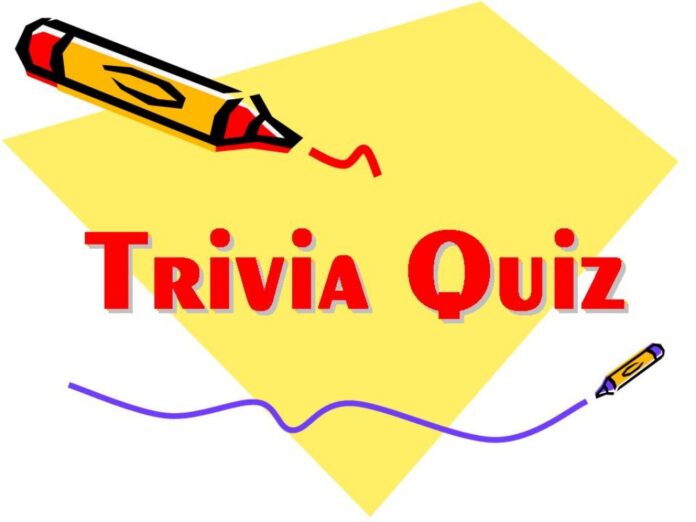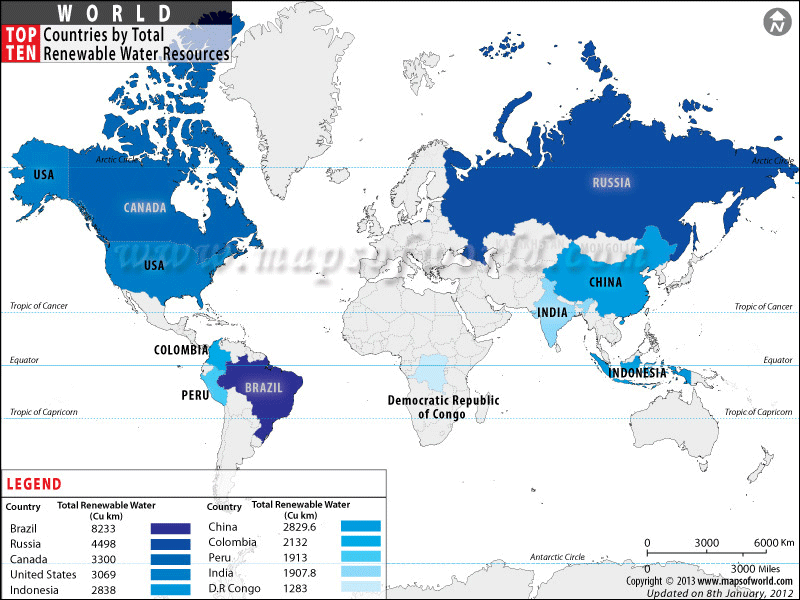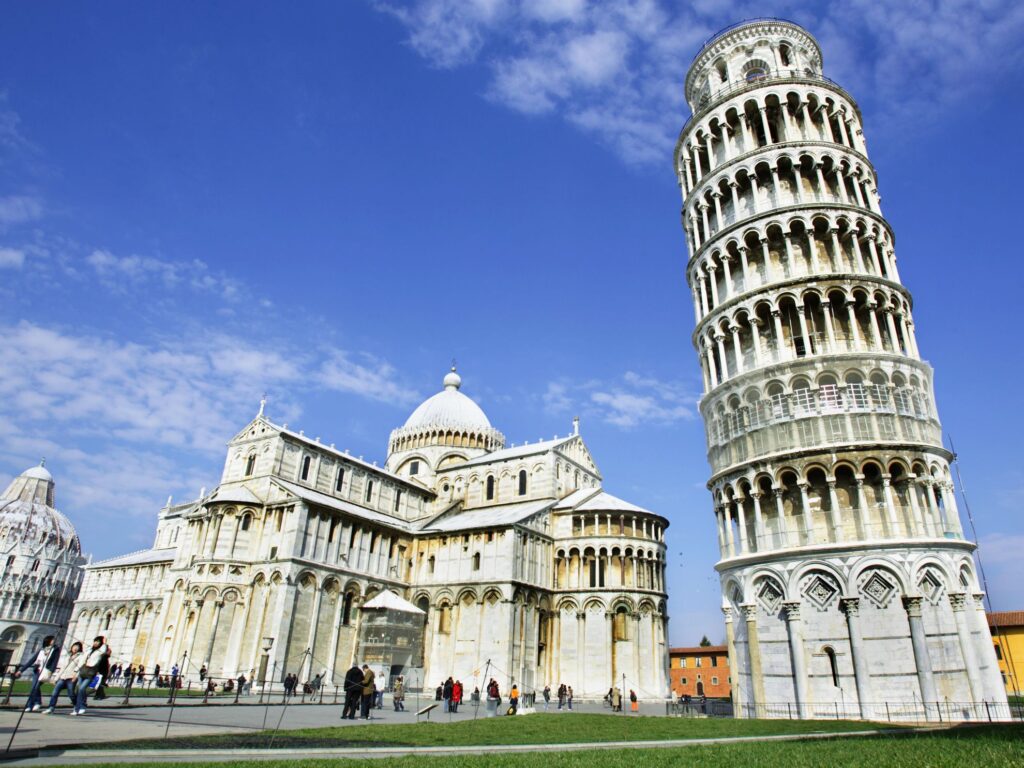As fun as this trivia questions and answers might be, it is also a good source of knowledge for those interested in learning random things from all over the world. Here you will find questions that will help you brainstorm, exercise your brain and boost your memory. While some of the questions here might be too difficult for you to answer before looking at the answer below it, we went ahead and offered more explanation to all the answers provided here. So it’s not just a one-word answer you will see for any question but a concise explanation with facts behind the answer.
Good Trivia Questions and Answers
1. What’s the medical term for low blood sugar?
Hypoglycemia.
Hypoglycemia is a medical condition brought about by the excessive intake of medication used to treat diabetes mellitus, such as insulin, biguanides, and sulfonylureas. Or it can also result when a person with diabetes has exercised more than is recommended, eaten more than is usual, or took a lot of alcohol.
2. What star other than the sun is closest to the earth?
Proxima Centauri. It is the nearest member of the Alpha Centauri triple star system.
The star is located in the southern constellation of Centaurus, which is about 4.2465 light-years away from the Sun. It was first discovered in 1915 by a Scottish astronomer named Robert Innes (10 November 1861 – 13 March 1933).
3. What are the two top-selling spices in the world?
- Pepper (1st)
- Mustard is second (2nd)
Both spices are consumed in almost every part of the world and have myriad uses in many dishes. While India tops as the country that consumes the most pepper, Vietnam is the world’s highest pepper producer. On the other hand, Canada farms the most mustard seed globally and rightfully so consumes the most mustard seed.
4. What is the Indiana state bird?
Cardinal
The Indiana State Bird, the Cardinal, also know as Richmondena cardinalis cardinalis, was adopted as the state official bird in the year 1933 by Indiana’s general assembly under Indiana Code 1-2-8.
5. What continent is cut into two fairly equal halves by the Tropic of Capricorn?
Australia.
Also the world’s smallest continent, but the 6th largest country in the world. The country is an extremely diverse place with deserts, heathlands, grasslands, woodlands, tropical, temperate forests, and even snow-capped mountains in the Australian Alps.
6. What does “CPR” stand for in medical emergencies?
Cardiopulmonary resuscitation.
Cardiopulmonary resuscitation combines chest compression and artificial ventilation to preserve brain functions and restore breathing in someone who had a cardiac arrest.
8. What virus did the World Health Organization say would infect 40 million people by the year 2000?
HIV.
The projected figure represented an increase from the previous estimate of either 25 or 30 million for 2000. However, in a December 2000 report by the Joint United Nations Programme on HIV/Aids, it was reported that about 5.3 million people were newly infected with Aids in addition to 36.1 million people who already had the disease. About 3 million people also died from the disease worldwide.
9. What do doctors look at through an ophthalmoscope?
The eye.
Also called funduscopy, it allows ophthalmologists or other health professionals to examine the fundus of the eye and other structures of the eye.
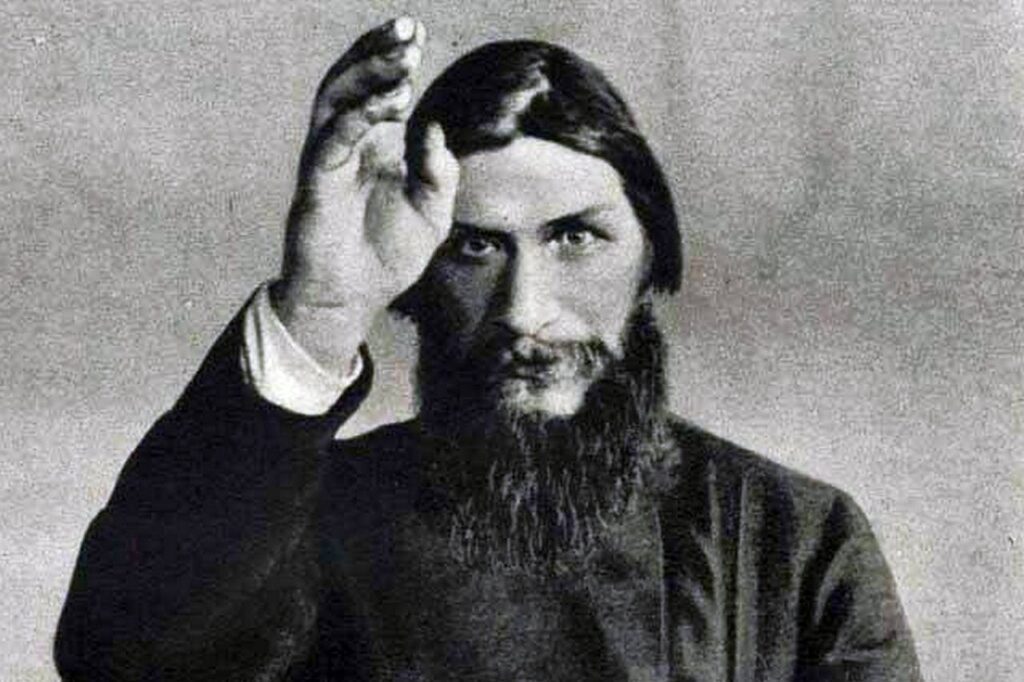
10. What Russian cleric was poisoned, shot, and finally drowned on December 30, 1916?
Rasputin.
His full name is Grigori Yefimovich Rasputin. He was a Russian mystic and self-proclaimed holy man who befriended the last emperor of Russia – Nicholas II or Nikolai II Alexandrovich Romanov – got famous and influential for it and was also killed for the same reason. His death was planned and executed by Prince Felix Yusupov, Grand Duke Dmitri Pavlovich, and Vladimir Purishkevich at Felix Yusupov’s home.
11. What was the first organ successfully transplanted from a cadaver to a live person?
A kidney.
The year was 1954 when American plastic surgeon Joseph Murray and his team: Hartwell Harrison and Joseph Merrill, successfully transplanted the kidney of Ronald Herrick who died to his identical twin brother Richard J. Herrick.
12. What is the term used for a person of mixed black and white parentage?
Mulatto.
The term Mullato is a derivative of the Portuguese snd Spanish word Mulato. Countries like America, Brazil, Angola, Cuba, Panama, Guyana all have significant Mullato populations.
13. What is the smallest country in the world?
Vatican City.
The City of Vatican is surrounded by Rome, Italy’s capital, and is the headquarters of the Roman Catholic Church and many other Christian denominations. The city is spread in an expanse of land measuring 924/km2 and has fewer than 1000 people.
14. How old is the sun?
About 5 billion years.
This age was arrived at by gauging the age of the other objects in the solar system that came into existence around the same time as the sun. Astronomers predict that the sun will reach the end of its life in about 10 billion years. So it’s 5 billion more years to go!
15. Where is the tallest mountain on Earth?
Mauna Kea, in Hawaii
It is a dormant volcano with most of its volcanos underwater. When measured, Mauna Kea has a peak of 4,207.3 meters above sea level, but when measured together with its underwater base, the mountain has a height of 10,211 meters, making it the tallest mountain in the world.
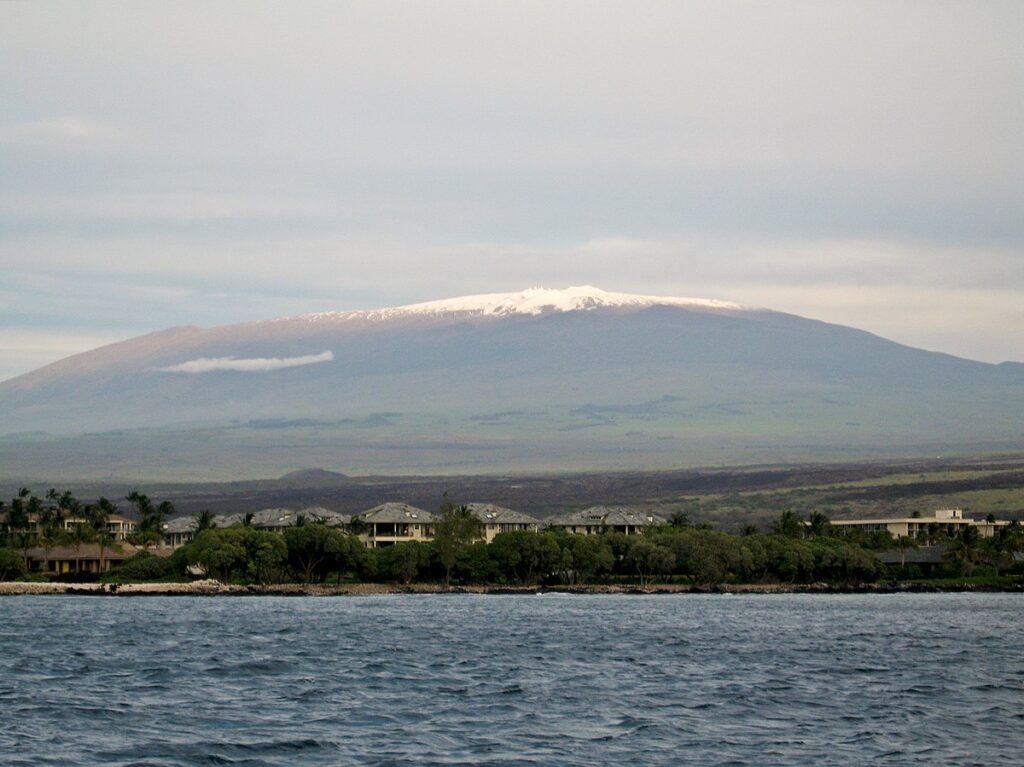
16. What political system was gradually dismantled in South Africa, starting in 1989?
Apartheid.
It’s a racial segregation system between white and black South Africans which prevailed in South Africa and Namibia from 1984 to the 90s. But between 1990 and 1993, a series of negotiations were entered into, which ultimately ended apartheid officially.
17. What’s the only metal that’s not solid at room temperature?
Mercury.
Mercury is a special kind of metal with unique properties. It is a fairly good conductor of electricity but a bad conductor of heat. Its special electron configuration resists the removal of an electron. Thus it forms weak bonds and is liquid at room temperature.
18. What is the Milky Way?
Giant spiral galaxy
The Milky Way is actually a giant spiral galaxy, as its mass is probably between 750 billion and one trillion solar masses, and its diameter is about 100,000 light-years.
19. What disease is the focus of oncology?
Cancer.
Oncology is the study of cancer, and a doctor who specializes in the treatment of cancer is called an oncologist. There are three main areas of specialization in oncology, which are
- Medical oncology – treatment of cancer using chemotherapy, targeted therapy, or immunotherapy.
- Surgical oncology – treatment of cancer by removing cancerous tissues using surgery.
- Radiation oncology – treatment of cancer using radiation therapy.
20. How many U.S. states border the Gulf of Mexico?
Five.
Texas, Louisiana, Mississippi, Alabama, and Florida are the states. Mexico–United States border is one of the most crossed borders in the world. It’s on record that the border sees about 350 million crossing yearly.
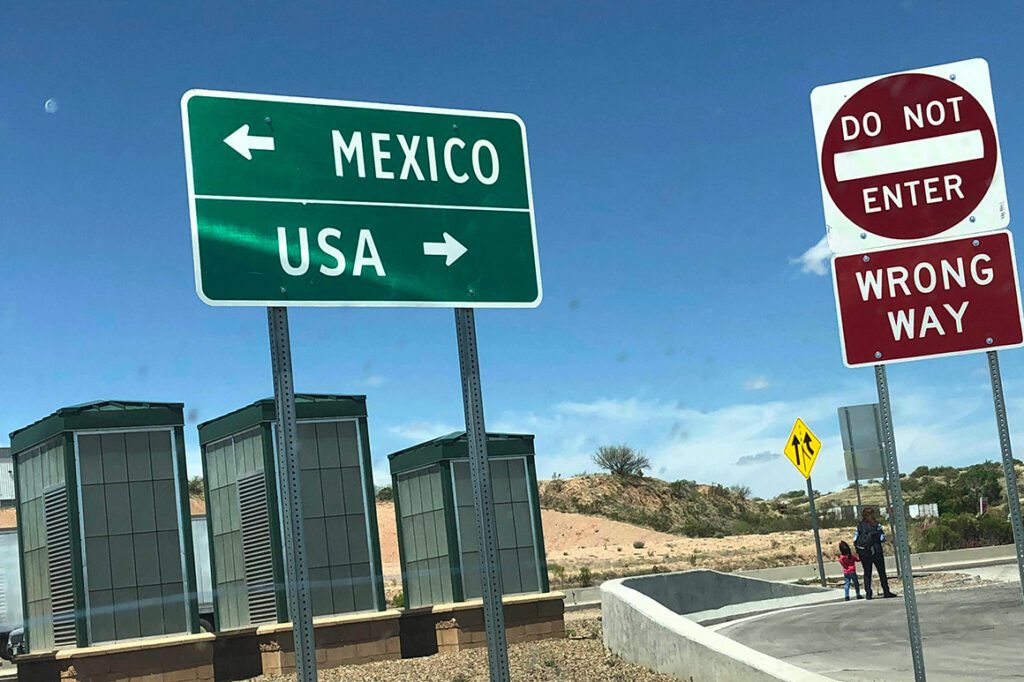
21. Which planet spins the slowest?
Venus.
Venus is the slowest spinning planet in the solar system. It rotates only once every two hundred forty-three Earth days. The planet is similar to earth in size and mass, and sometimes it’s referred to as Earth’s sister.
22. Which planet spins the fastest?
Jupiter
Jupiter is the fastest spinning planet in our solar system, rotating on average once in just under 10 hours. The polar region rotates at 28,273 miles/hour (about 43,000 kilometers/hour). Typically, a day in Jupiter is about 9 hours and 56 minutes on earth.
23. How old is the universe?
13.8 billion years.
The Universe is probably not more than 20 billion years old. Scientists arrived at this figure after an extensive study of the oldest light in the universe. This light is called the “afterglow” of the Big Bang. It is a cosmic microwave background and marks 380,000 years after the universe’s birth when protons and electrons joined to form the first atoms.
24. Who averaged one patent for every three weeks of his life?
Thomas Edison.
In his 84 years of existence, Thomas Edison acquired 1,093 patents either as an individual or jointly with others. Some of his ideas saw the design of incandescent light bulbs, phonographs, and motion picture cameras.
25. Who led the Million Man March on Washington?
Louis Farrakhan.
It was a large gathering of African-Americans called by Louis Farrakhan on October 16, 1995, on and around the National Mall. The march was embarked upon to place black issues on the front page of America’s political agenda.
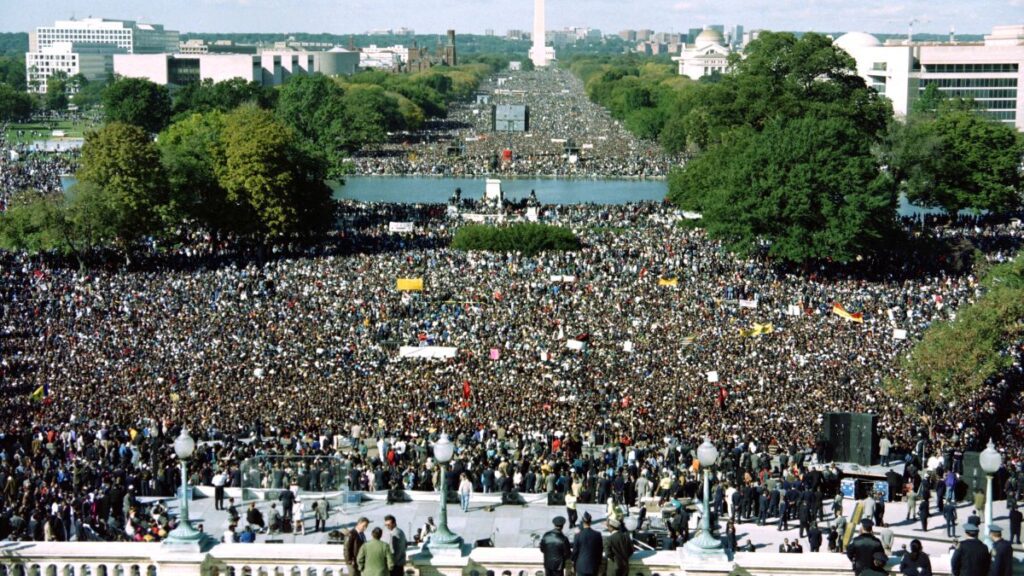
26. Which planet is closest to the sun?
Mercury.
Mercury is also the smallest planet in our solar system and a little bit bigger than the moon. A year in Mercury is the equivalent of 88 days on earth. The planet is about 50.397 million km away from the sun and 97.763 million km away from earth.
27. What powers the sun?
Nuclear fusion.
The sun’s energy is generated in a nuclear fusion process, which is the same as what happens when a hydrogen bomb explodes. The high pressure and temperature in the sun’s core cause nuclei to separate from their electrons; four hydrogen nuclei then combine to form one helium atom. As this happens, some of the hydrogen atoms’ mass is converted into energy in the form of light.
28. What Argentinean was buried in a Milan cemetery under the pseudonym Maria Maggi?
Eve Peron.
María Eva Duarte de Perón, while she lived (7 May 1919 – 26 July 1952), was the wife of Argentine President Juan Perón (1895–1974) as First Lady from June 1946 until her death in July 1952. Following her death, her husband had plans to construct a memorial for her, projected to be larger than the Statue of Liberty. However, while this was being set up and as she was still on display, he was overthrown in a military coup by the Revolución Libertadora in 1955. As a result, María’s corpse was removed from display and later got stolen, but in 1971, it was discovered she was buried in a crypt in Milan, Italy, with the name “María Maggi.”
29. Where is the world’s largest supply of freshwater?
Brazil.
Brazil is the country estimated to have the largest supply of fresh water in the world, followed by Canada and Russia. According to the World Bank, the South American country is projected to have about 20% of the world’s freshwater reserve. Yet, despite this abundance, water scarcity persists in the country.
30. What’s the difference between a pig and a hog?
A pig is a hog.
It is the generic name for all swine, but a hog is not a pig. In the terminology of hog raising, a pig is a baby hog less than ten weeks old.
31. Which country gave the USA the ‘Statute of Liberty?
France.
The statue was sculpted by Frédéric Auguste Bartholdi and commemorated France’s alliance with the United States during the American Revolution. It was formally presented to the US on June 19, 1885, and is located in New York, United States.
32. Where is the Suez Canal?
Egypt.
It is an artificial waterway that connects the Mediterranean Sea to the Red Sea, making it the shortest route on water from Asia to Europe without circumnavigating the African continent. The canal passed through the Isthmus of Suez in Egypt.
33. What was the first planet to be discovered using the telescope in 1781?
Uranus.
The discovery of the planet expanded our knowledge of the solar system. It was equally the first planet to be discovered using a telescope. Mercury, Venus, Mars, Jupiter, and Saturn were all discovered with the naked eyes as they were bright enough.
34. Where did the pineapple plant originate?
In South America.
Pineapples were not introduced to Europe until the 17th century, and on their arrival, they became a cultural icon of luxury. Today, they are widely grown in many tropical countries all over the world, with Costa Rica, the Philippines, and Brazil as the top three pineapple producers.
35. Who was the last president of the Soviet Union?
Mikhail Gorbachev.
His full name is Mikhail Sergeyevich Gorbachev. Before he emerged as the president of the soviet union, Mikhail was
- Chairman of the Presidium of the Supreme Soviet of the USSR from 1 October 1988 – 25 May 1989,
- Chairman of the Supreme Soviet of the Soviet Union from 25 May 1989 – 15 March 1990,
- General Secretary of the Communist Party of the Soviet Union from 11 March 1985 – 24 August 1991.
His tenure as President of the Soviet Union began on 15 March 1990 and lasted till 25 December 1991 when he resigned in the wake of internally growing nationalist sentiment against his government.
Also Read: 100 Trivia Questions For Kids With Answers
36. What is the name of the world’s highest waterfall?
Angel falls
Angela falls located in the Canaima National Park, Venezuela, South America. It is about 3,212 feet or 979 meters high. It has a single uninterrupted water drop that measures about 2648 feet or 807 meters. The waterfall was first measured in 1949 by Perry Lowrey, a surveyor in an expedition led by Ruth Robertson and funded by National Geographic.
37. What was the first country to recognize Mexico’s independence in 1836?
The United States of America
Mexico fought a war for independence with Spain from 1808 to 1821, during which about 250,000–500,000 people were killed. In the end, Mexico prevailed, and the first country to recognize them as a sovereign nation was their neighboring USA.
38. How much bigger is the sun than the earth?
13 thousand kilometers (8000 miles) wide
The Earth is about 13 thousand kilometers (8000 miles) wide, whereas the Sun is roughly 1.4 million kilometers (900,000 miles) across. If the Sun were a hollow ball, you could fit about one million Earth inside of it!
39. Does the sun rotate?
Yes, every 27 days.
The sunspots’ movements indicate that the Sun rotates once every 27 days at the equator but only once in 31 days at the poles.
40. Where is the Leaning Tower of Pisa?
Pisa, Italy.
The tower is a Romanesque building designed by architect Bonanno Pisano. The construction of the tower began on 5th January 1172, and it got completed circa 1372.
If you liked this, you can also check out our sports trivia or these music trivia questions if you are feeling funky.
